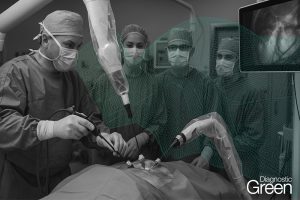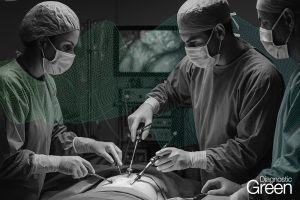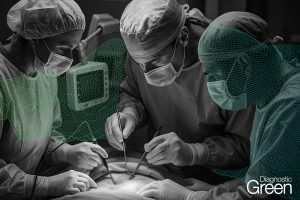To date, no reports have indicated laparoscopic lymph node biopsies using Indocyanine green (ICG) in cases of lymphoproliferative disease. Preliminary data of patients undergoing fluorescence-guided laparoscopic lymph node biopsy (FGLLB) using ICG was retrospectively analysed from the multicentre registry FLABILY study.
Between June 2022 and February 2024, 50 patients underwent FGLLB. The surgical biopsy aimed to re-stage lymphoproliferative disease for 25 patients and to establish a diagnosis in 25 patients. The median duration of the procedure was 65 ± 26.5 min. All the procedures were performed laparoscopically. One surgical conversion occurred due to bleeding. Median length of hospitalization was 1 ± 1.7 days. Two unrelated complications occurred in the immediate postoperative course. ICG was administrated preoperatively by means of an inguinal, perilesional, or intravenous injection according to the anatomical sites of the biopsy. Fluorescence was obtained in 43/50 (86%) of patients. A significant difference was highlighted in the appearance of fluorescence in sub-mesocolic lymph nodes compared to supra-mesocolic and mesenteric lymph nodes (41/49 (83.6%) vs. 13/22 (59%), p = 0,012).
In 98% of cases, FGLLB provided the information necessary for the correct diagnosis. Fluorescence with ICG offers a simple and safe method for detecting pathological lymph nodes. FGLLB in suspected intra-abdominal lymphoma can largely benefit from this new opportunity which, to date, has not yet been tested. Further studies with a larger case series are needed to confirm its efficacy.




